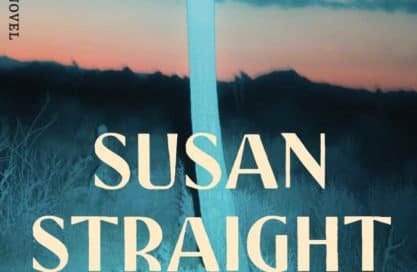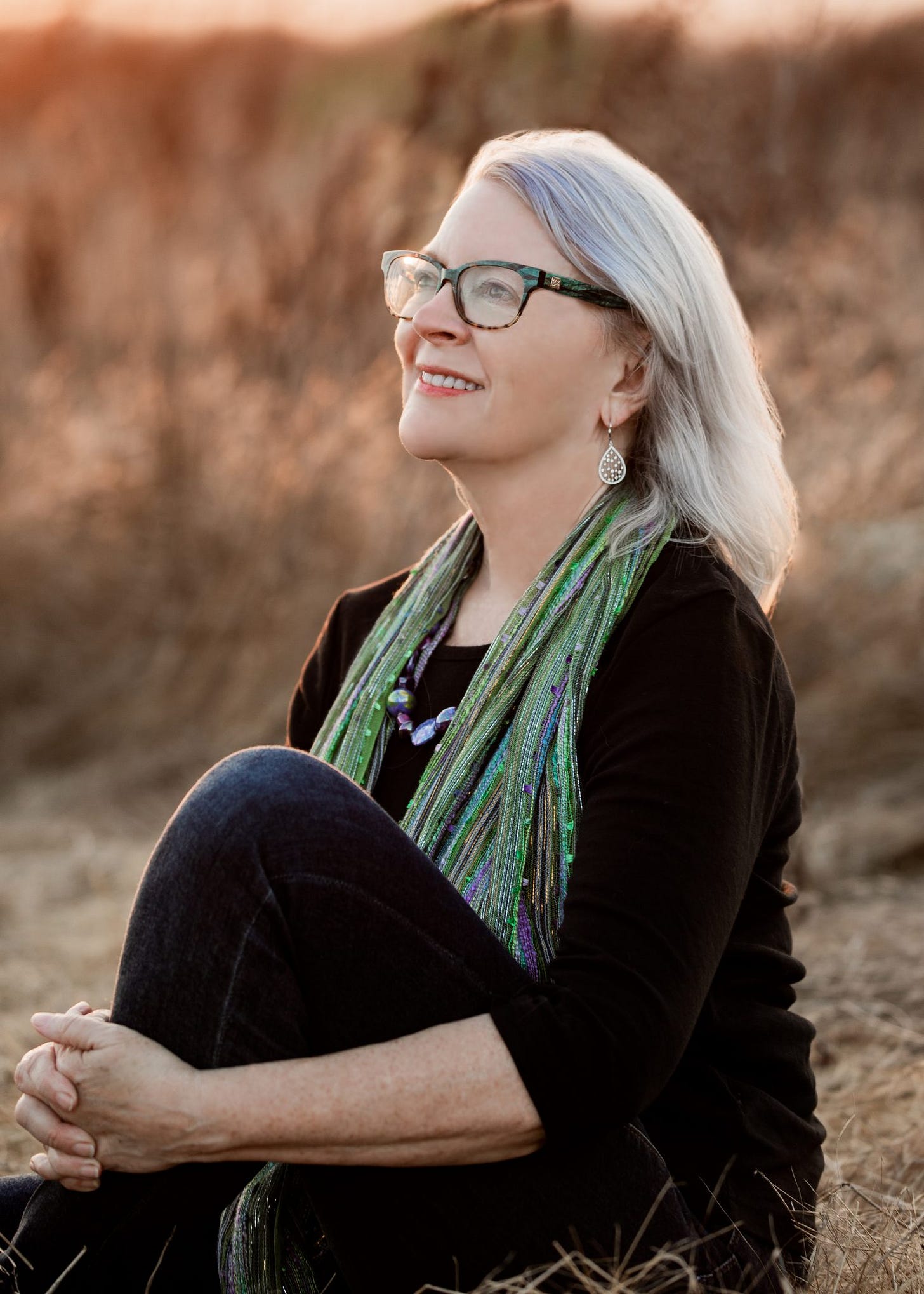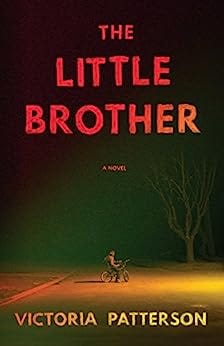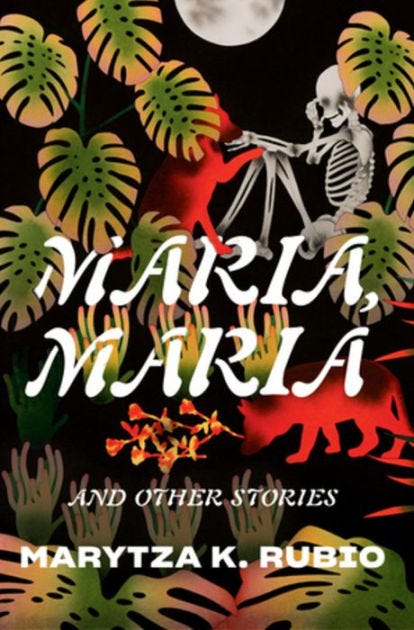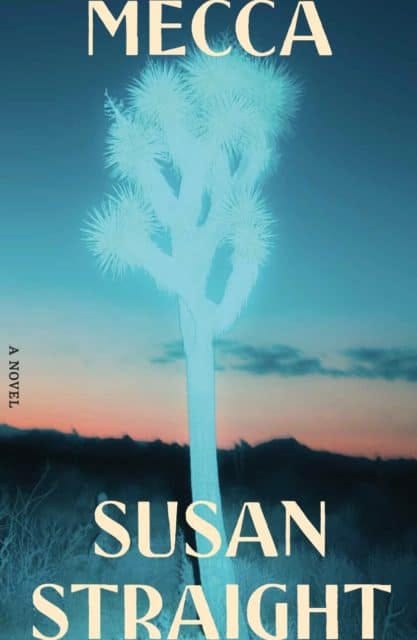Want to understand life in the real Southern California? Mary Camarillo on five uniquely So Cal writers you need to read
My great realization when my dad was transferred from Charlotte, North Carolina to Santa Monica back in 1966 was that, despite all those Beach Boy songs and surf movies, everyone in Southern California didn’t live in a mansion overlooking the ocean among all the celebrities. My family spent a few weeks in a motel in Culver City, then moved to Reseda out in the San Fernando Valley. There were no celebrities or ocean breezes. I was confused.
Since then, I’ve tried to read and write stories that don’t necessarily concern rich and glamorous Californians. Stories about people who work at the post office and shop at Target. People like me.
Here are five of my favorite Southern California authors: Pete Hsu, Lou Matthews, Victoria Patterson, Marytza K. Rubio, and Susan Straight. These authors all have a keen eye for detail, a strong sense of place, and an understanding of the importance of humor, heart, and hope. In their work, landscape is always a protagonist.
No matter where we live, Southern Californians cringe when they hear the devil Santa Ana winds blow, anticipate earthquakes, and worry about fires and mudslides. And California stories usually include freeway directions.
If I Were the Ocean, I'd Carry You Home a book by Pete Hsu (bookshop.org)
“Paul drives west on the 10, over the 405.”
The title story in Pete Hsu’s collection If I Were the Ocean I’d Carry You Home, starts on the freeway, where Southern Californians spend much of their time. Pete Hsu is a Taiwanese American writer based in Pasadena. His stories are largely set in Southern California but occasionally venture out to Mexico and Las Vegas.
Each of the twelve stories in the collection are disarmingly disquieting, perfectly capturing trauma, terror, and tragedy from the point of view of children and young people. Hsu’s sentences are deceptively simple, which adds to the heartbreak of having no agency in this out-of-control world, where we give children guns to play with ("In the Brush a Frantic Rustling") and turn them into “a kind of emotional firefighters... always looking out for emotional fire” ("Korean Jesus").
There’s hope in Hsu’s pages as well. In "A Penny Short" the narrator wonders if we’re “are all secretly good people…just waiting for some angel to tap us on the shoulder. ... Or maybe we are the angels.” Or maybe not. Because after this young woman has this thought she immediately behaves in a very non-angelic way. This is a gripping collection that left me unsettled in the best possible way.
The Little Brother a book by Victoria Patterson (bookshop.org)
“When you drive along the 210 freeway, you can see the beige tract houses blended together in one giant swath, camouflaged like a sand field, all the way to the base of the mountain.”
Victoria Patterson’s third novel, The Little Brother, begins in Rancho Cucamonga, but after their parents’ divorce the younger brother leaves his older brother and mom behind and moves with his father to idyllic Newport Beach, "the sky and ocean big and blustery, palm trees shushing in the wind, waves glittering and crashing on the rocks and shore."
We sense from the beginning of The Little Brother that this is a deeply flawed family. The mother is unstable. The father makes too much money. Both parents are inattentive. These conditions lead to a horrifying act of violence against a young woman, based on a real-life attack that took place in Corona del Mar in 2002.
Patterson, often described as the Edith Wharton of Orange County, turns an unflinching eye on toxic masculinity in The Little Brother, but she also recognizes the deep loyalty between the two brothers and what happens when that loyalty is betrayed. Her prose is stunning. The novel is disturbing but the characters are profoundly human.
Shaky Town a book by Lou Mathews (bookshop.org)
“The 215 interchange was in sight. This is one of the elegant interchanges. The 215 crosses over my freeway, the 10, thirty feet up.”
One of Lou Matthew’s Shaky Town narrators (the self-described freeway flyer in "The Moon Reaches Down for me Like the Fist in a Siqueiros Painting" chapter) needs a jolt of something (beer, whisky, weed, preferably all three) to make his eighty-mile commute home to Loma Linda more tolerable. His mother is in the hospital and he’s just finished work as a "half-time teacher at a third-rate school."
Lou Matthews is a former mechanic, street racer, and food critic who teaches in the first-rate UCLA Extension program. The vividly drawn inhabitants of Shaky Town are frequently reckless and self-sabotaging but Matthews captures their humanity with respect, humor, and affection. Shaky Town is told in interlocking stories about working class Los Angeles in the 1980’s, a city built on fault lines and unstable ground.
Matthews' LA landscape also includes street gangs ("Crazy Life"), Catholic Church crimes ("Shaky Town"), and a ballpark cursed by a curandera ("Emiliano Part II: A Curse on Chavez Ravine"). There is also a fantastic party ("Emiliano Part III: Last Dance") where the beer and the tequila flow and the mariachis bring a gym full of friends and strangers suddenly alive to one another with a stirring version of “La Negra.” No spoilers from me, but of course there’s an earthquake too.
Maria, Maria: & Other Stories a book by Marytza K. Rubio (bookshop.org)
The rolling of the ground felt like wild animals at our feet trying to carry us away. Across the hall, I watched my mom’s face tighten and her arms stretch out to press her palms against her bedroom’s doorframe as if she were holding the house together.
There are many strong women holding the world together in Marytza K. Rubio’s collection Maria, Maria, like this mother in the story "Burial" that begins with an earthquake. “That was a four-point-five, four-point-seven max,” the woman’s son says, bragging later about his "inner Richter scale." His sister owns the true bragging rights when she resurrects a saber tooth tiger later in the story.
Marytza K. Rubio’s work is wildly creative, replete with tarot cards, hummingbirds, black cats, jaguars, and beetles. There are recipes, a tenderly conducted decapitation, and pages to color. In the collection’s opening story, "Brujeria for Beginners," Rubio includes instructions for what she calls "spiritual vigilantism" or "expedited karma." In "Carlos Across Time and Space," the narrator pictures a different death for a senselessly murdered young man at a high school graduation party.
The collection culminates in the title novella, "Maria, Maria," which shifts time and perspective as it follows the fate of three women making sense of their legacies and supernatural abilities in a reimagined California rainforest. Rubio is a Santa Ana writer and founder of Makara Center for the Arts. She credits her supernatural imagination to growing up among Santa Ana’s wild green parrots, fruit trees, and beautiful gardens, and to never being far away from her Mexican culture.
Mecca a book by Susan Straight (bookshop.org)
A Thursday in October. Santa Ana winds, ninety-four degrees. Fire weather. People were three layers of pissed off. Everyone hated Thursday. Wednesday was hump day but Thursday was when people drove like they wanted to kill each other.
Johnny Frias, the central character in Susan’s Straight’s latest novel Mecca, is an expert on Southern California drivers. He puts about fourteen thousand miles a year on his Highway Patrol motorcycle, pulling people over for speeding, watching out for drunk drivers and brush fires, and ignoring racist insults. A descendant from Spanish colonizers, the Yuma indigenous people, and Mexican settlers, Johnny Frias’s ancestors were living in the Golden State before the border moved north.
We see the California roads, highways, and canyons through Johnny’s eyes. “Mecca” includes multiple narrators who are in some way connected to him, including eighteen-year-old Ximena, who recently entered the United States from Mexico without legal permission, Matelasse, a florist at Conroy’s, and Dante, the teenage son of Johnny’s friends.
The town of Mecca is an agricultural community in the Coachella Valley, more famous now for its music festivals than its dates. Susan Straight was born in nearby Riverside, where she still lives and teaches. She is the author of nine novels and a memoir and is also a frequent contributor to The Los Angeles Times.
Straight describes herself as someone people have always told stories to but she also knows how to listen with deep empathy. Mecca is a love story to Southern California, recognizing the beauty of the land and its inhabitants as well as the danger and heartbreak of living on stolen land.
Mary Camarillo is the author of the novel The Lockhart Women. Her second novel, Those People Behind Us, will be published in October 2023. Mary writes about living in Southern California, a place she’s called home for more than fifty-five years and is still trying to understand. She had a long career with the postal service, which might be genetic—both her grandfathers were railway mail clerks. She currently serves on the advisory boards of Citric Acid, An Orange County Literary Arts Quarterly, and LibroMobile, An Arts Cooperative and Bookstore in Santa Ana, California. She’s a member of Women Writing the West, Women Who Submit, and Women for Orange County. Mary lives in Huntington Beach, California with her husband, who plays ukulele, and their terrorist cat Riley, who makes frequent appearances on Instagram.

